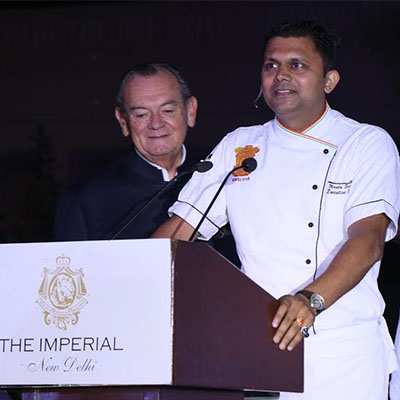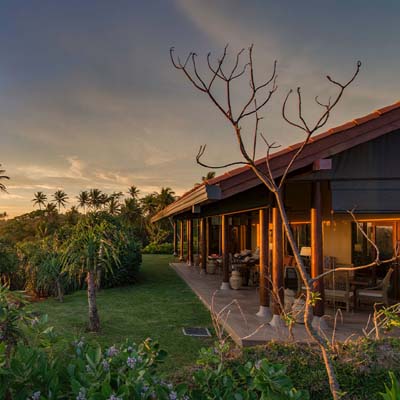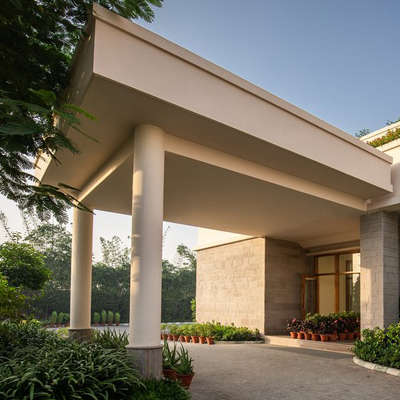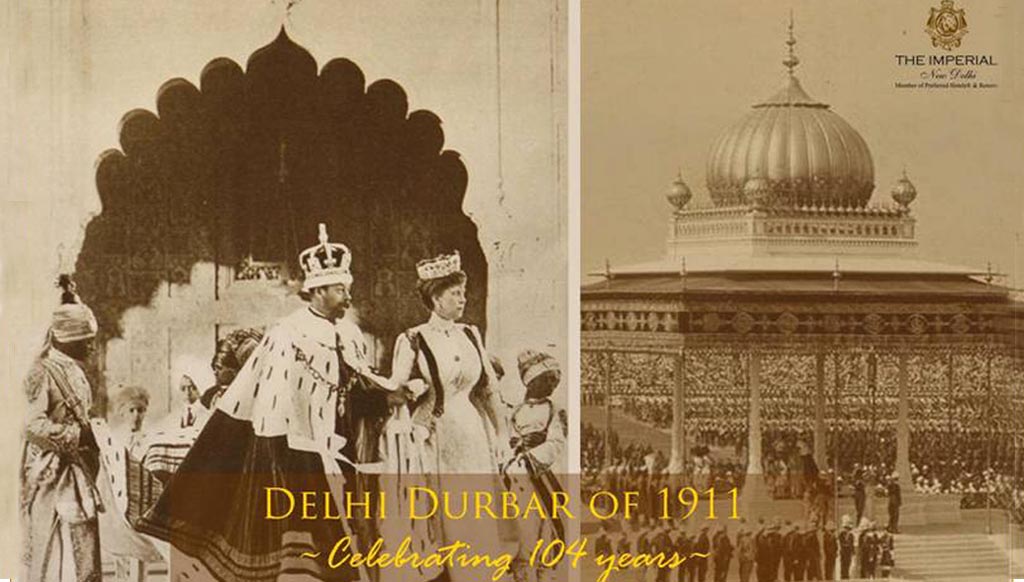
Imperial Hotel, a historic legacy of the pre-independence days that gives a glimpse into the bygone era, has decided to open its doors and culinary expertise to recreate the grand feast, served during the third Delhi Durbar. The 1911 Durbar was the only one attended by the sovereign, King George V, and had maharajas from all princely states in attendance. The feast was to say the least, memorable
Sitting in the idyllic sylvan setting with silver service and light banter over many courses and aroma wafting from a roasting chicken in view, one could easily lose track of time. The dishes were what one would imagine, the discerning lords, ladies and regal Indian emperors once indulged in. Talking about the menu, chef Prem Kumar Pogakula, says, “The expertise of the royal kitchens, the spices, ingredients, serving style of the grand feast of the coronation and many more minute details have been understood and researched, to create a menu that was akin to the old British era.”
Typical throwbacks of the era such as good old trifle, scotch eggs broth, mulligatawny soup, shepherd’s pie, a chicken roast with plums and an absolutely delightful crepe suzette makes up for the inspired cuisine.

Interestingly, the scotch egg broth had barley and the Chef brought to our notice that indeed barley was more common than potatoes back in the days and the neck of the goat was preferred as it is full of gelatin. Also chicken was mostly roasted with fruits as vegetables were not so common. An important overarching feature in the food, the chef says, was, “They carried simple straightforward flavours with focus on taste”.
Speaking of the initiative of revisiting the glorious past, Sr executive VP and GM Vijay Wanchoo says, “This December we celebrate the era frozen in time with inspired cuisine of the coronation, while one marvels the worthies from their frames on the walls, at 1911 restaurant. Doffing our hat to the good old days, our chefs bring to you the slice of the classics to mark 104th year of Delhi Durbar, with authentic ingredients, culinary style and substance.”
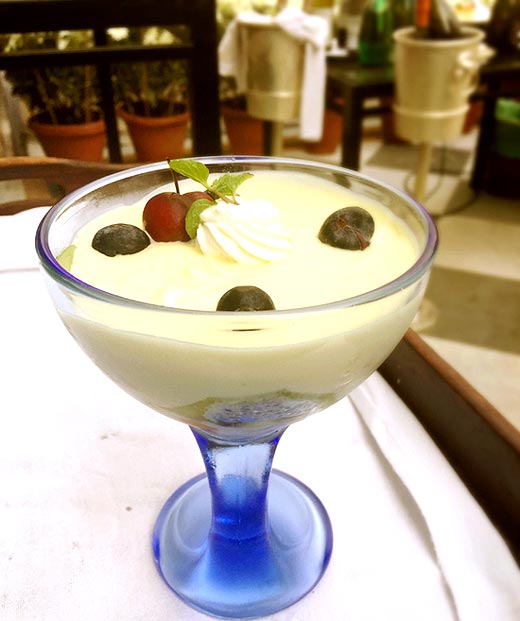
The afternoon was inundated with anecdotes and trivia about the times and the dishes. Such as the famous Trifle was introduced around 1650s and was an intrinsic part of an English menu which had earlier only alcohol, bread, cream and sugar. Later it was modified with fruits and held a significant position in ceremonies. Trifle was usually kept on the table and denoted celebration, like cakes.
One that was really enjoyed across the table and was a melt in the mouth, served with heaps of cointreau was the Crepe suzette- this amazing flambéed dessert prevailed in 1900s and was the favourite of King Edward VII.

And finally no feast was complete without a Rhubarb pie- the pie has historic relevance in UK and is derived from the plant Rhubarb, also called Turkish rhubarb which had many medicinal qualities. It was the most famous pie in the royal kitchens in the 20th century.
We are lucky to not just have to rely on our imagination but actually get a chance to get treated to what the kings of the time feasted on. The special ‘Delhi Durbaar Ki Dawaat’ is on offer at The Imperial till the 17th of December, also the dates of when the actual durbar took place.







